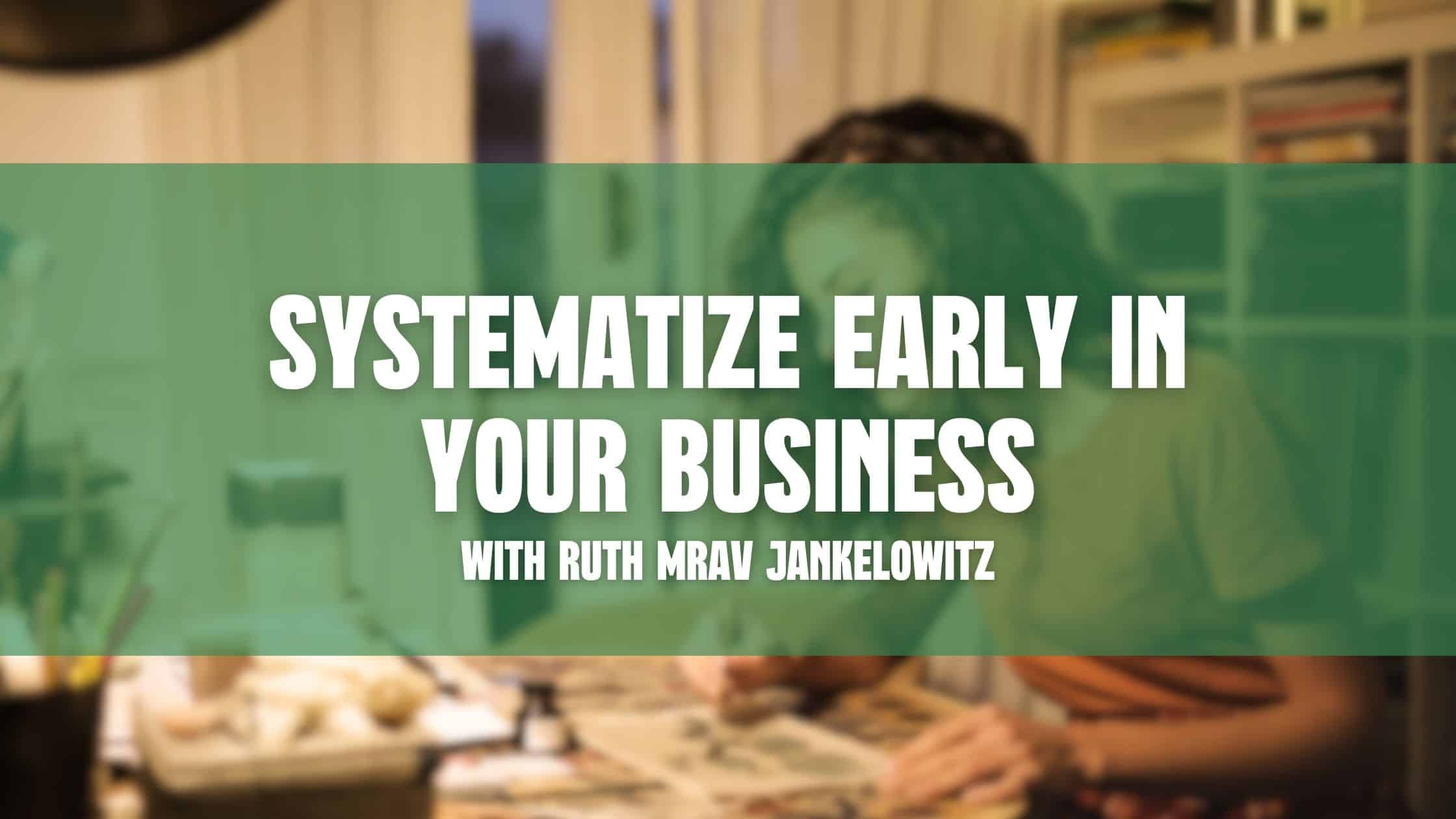
Introduction
If you’re a designer, chances are that you’ve been asked to create an interior design package. You may have even had experience with this process in the past, but for those who haven’t yet had to create their own packages, here’s a rundown of how it works:
Why are interior design packages important for your business?
The number of interior designer businesses in the US in 2022 has witnessed an increase of 2.5% from 2021. This is a reference that the need and demand for interior design is on the rise. Curating an interior design package helps the client to make a swift choice. Hence, it is majorly important for interior designers to come up with extensive packages to meet the growing demand with simplicity. Let us understand why it’s important for your interior design business –
1. Gives a comprehensive understanding about the scope of work
When you have a well-defined and comprehensive interior design package, the scope of work can be clearly defined. The client gets a sense of transparency from the start by the deliverables, cost, and other details related to the projects.
This helps to save time, effort, and avoid back and forth in operations. Furthermore, the designer can design in compliance with the services proposed in the package and deliver brilliant results.
2. Acquire new clients
Your interior design package can act as a magnet to attract new clients, business partners and investors in future via recommendation. Your package speaks about the type of value your business holds for clients. An impressive interior design plan can do wonders to build stakeholders and client trust.
Drop the hourly rate.
• Drop the hourly rate.
• Replace it with a package.
• Why hourly rates are bad for your business and why you should use packages instead of them!
A package is an agreement between you and your client that outlines what they’re paying for, how much they’re paying per hour, and when the work will be completed (which could be within a certain number of days or weeks). You can have multiple packages for different types of services: design consulting, remodeling projects, etc., depending on what kind of project your company does best. Pricing packages isn’t difficult at all—you just need to know how much each service costs separately and then add up all those costs together into one overall price before presenting it to clients as an entire package deal! Here’s how:
Know your client.
You need to know your client.
Your clients should be able to tell you everything about them: their needs and priorities, their budget and time constraints. And they should feel comfortable sharing more details if they have them.
Show your clients the value of each package.
The key to selling any package is showing your clients the value. You have to show them what they will get for their money, how it will help them, how it will save them time and money, how it will make their lives easier and even more profitable (if they this is a commercial project).
Schedule an in-person meeting.
• Schedule an in-person meeting.
• Meet on the client’s turf to establish trust and rapport.
• Get your clients to agree to meet in person, rather than just through email or phone calls.
Create urgency
You can use urgency to your advantage. In fact, it’s one of the most powerful elements in any design package. It’s important to create a sense of urgency so that your client feels compelled to act quickly on whatever you’re offering them as soon as possible. This is particularly true if you are selling something that has a short supply or limited availability (like an oil painting) or if there’s something big about what you’re selling that makes it special and unique (like a rare antique).
Present only a few choices to choose from
When it comes to making your clients’ decisions, you should present only a few choices. The fewer options you offer them, the easier it is for them to make a decision and buy into whatever you’re selling.
Of course, this isn’t always possible—you may have many different ideas or styles that your client would love but they can’t afford at this time in their life. In these cases where there are no options available on the table (or if they’re too expensive), consider offering creative solutions like “what if” scenarios: “What if I made this room look like this?” or “What if we painted all walls white?” These types of questions help get people thinking about what might be possible without having anything concrete yet in mind; then when something does come along later down the road with budget constraints factored into its construction costs… well then everything works out just fine!
Determine the cost of each package before you meet with the client.
How much should you charge for each package? This is a good question, and one which I have been asked many times by clients. The answer depends on your experience level and what kind of projects you do, but generally speaking:
• If you have done interior design work before, then
it’s easier to set up a price range based on past projects that were similar or different from this one. For example, if there was a large amount of furniture in a home but not much decorating other than window treatments and wall colors; then perhaps $100/hour would be appropriate because they won’t need much help deciding what goes where! But if they had more complicated layouts like re designing an entire room layout – then maybe $300-$500 per hour would make sense depending upon how complex everything looks when finished.”
Build in a little wiggle room
One of the most important things to remember when you’re working with a client is that they are trying to make a decision right now. They don’t want to wait until tomorrow, but they also don’t have time on their side either.
If you’re working with an interior designer who has been hired by your client, then there’s no need for them to worry about making changes later on—you can let them know before the job begins that any additional expenses will be billed as part of their final bill or added onto the project through an invoice (depending on which method works best for both parties). This way, both parties know exactly what they’re getting into and where their money goes before starting any work at all!
Instead of just offering an hourly rate, create different service packages that will clearly show your potential clients what they will get for their money, and increase your revenue at the same time!
Instead of just offering an hourly rate, create different service packages that will clearly show your potential clients what they will get for their money, and increase your revenue at the same time!
The best way to do this is by creating a package that makes sense for each client. You should be able to tell them exactly what they’ll get from you—whether it’s time or money wise—and why it matters.
When creating a package, consider how much time you can give each client:
• How much time do I need? Can my clients afford me? Is this person really interested in having me work with them on their project? Are there other people who would like my help too (if so, why)? Do I have enough expertise/experience as well as skill set available here today before deciding whether or not this project is right up my alley or not
Conclusion
Creating a package that you can sell to your clients is the key to increasing revenue and making more money. In this article we’ve outlined six steps for doing just that. By taking some time to plan and understand what your clients want, you will be able to create packages that will help them save money while creating value in their lives.





